It’s easy to see why people might think that pork is off-limits for dogs, especially when we see processed pork products like bacon and ham in the grocery store. This raises common questions like “can dogs eat bacon?” or “can dogs eat ham?” — and the short answer is no.
These heavily processed meats are packed with unhealthy fats, high levels of sodium, and preservatives that can lead to gastric upset, pancreatitis, and other health issues.
Processed meats, meaning meats cured, smoked or salted products specifically to enhance flavour or to improve preservation, are classified as a carcinogen by the International Agency for Research on Cancer (IARC) [1]. That applies to humans and dogs alike.
We still don’t know exactly which components are to blame, but the nitrates are often suggested as topping the list [2]
Ultimately processed meats are not species-appropriate for dogs, and they do more harm than good.
However, this doesn’t mean pork in general should be avoided. In fact, ‘raw pork’ , meaning pork that hasn’t been cooked or processed in anyway, can be an excellent choice when it’s sourced properly and fed as part of a balanced diet. Unlike processed pork, raw pork is packed with high-quality protein, healthy fats, and essential vitamins and minerals that are highly digestible for dogs.
Dogs can eat raw pork when it is part of a balanced raw feeding plan. It’s essential to choose lean cuts and avoid fatty, processed pork products like bacon or sausages.

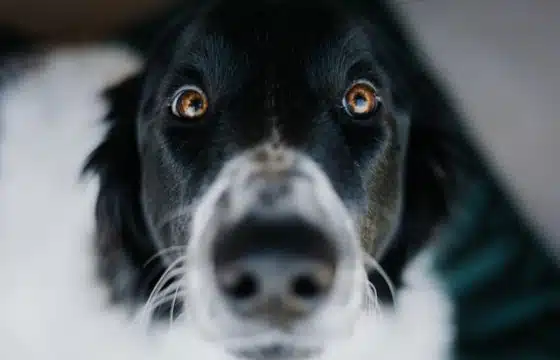


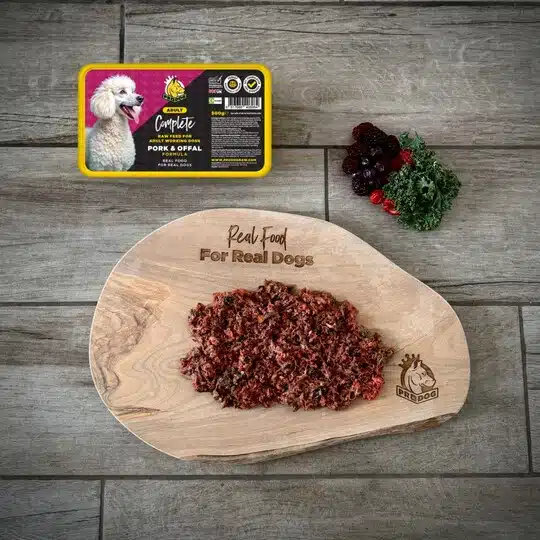
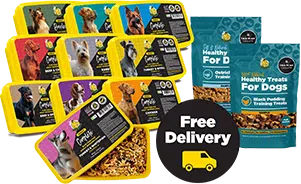
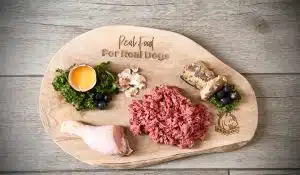

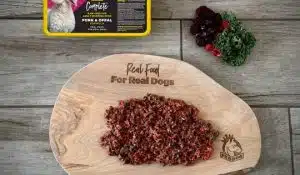

0 comments